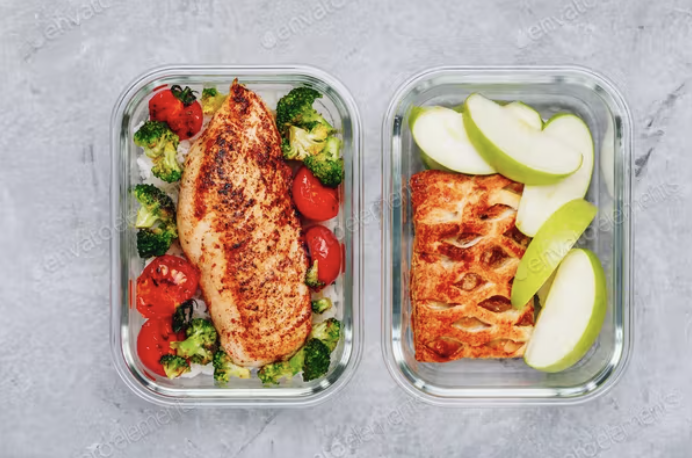Adding muscle to your body is one of the best things you can do for your physical health. Not only is it more aesthetically pleasing, but it also gives your body stability, balance, strength and less pain in areas such as the knees hips and lower back.
However, many people struggle to develop certain areas of their body, despite putting in the work, and this can often be harder than losing weight and body fat. Get it right, though, and it can be immensely rewarding for you the quality of life that you want to live.
So, how do you maximise muscle growth? What are the key areas to focus on?
Training Consistency
Firstly, you have to be consistent with your training. You are not going to maximise muscle growth if you skip sessions and don’t continue to place stress on the areas you want to go. So, this is where psychology and clarity come in. Make sure that you are on a plan that meets you where you are at right now and that you can execute on a consistent basis, and have a goal that inspires you. Without that, you will struggle to keep showing up and tick boes every day that will amount to a big result.
Exercise Execution And Intensity

During your sessions, you must ensure that you are properly hitting the muscle group you are trying to train with quality execution and intensity that can be progressed. This means learning how to perform each exercise without adding on too much weight in the beginning so that the movement becomes safe and manageable. If you don’t feel tension in the desired muscle group, you will struggle to grow it. So, be sure to master execution and gradually increase the intensity as you progress.
Prioritising Certain Muscle Groups
Once you have that plan and structure, your sessions must have balance, based on what you are looking to achieve. This means training key muscle groups that are weak and need to be built and strengthened. For most people, these areas are the quads, glutes, hamstrings, shoulders, back, and arms. However, it depends on the individual.
The best way to do this is to start with a simple workout that you can do consistently two or three times per week. By training these muscle groups repeatedly, you are giving them the best opportunity to grow and develop. Then, further down the line, you can look at changing up your training split and bringing other exercises and muscle groups into play.
Quality Nutrition

Nutrition is a vital part of adding muscle to your body, and something that is often overlooked by people. If you are under-consuming and not adding the right nutrients to your body, the recovery process from training will suffer, meaning that you will struggle to add new tissue. For beginners, this is less of an issue, as it is relatively easy to increase muscle mass from a relatively low starting point. However, once you reach a more intermediate stage, the importance of quality nutrition increases.
Recovery
A perhaps underrated pillar for muscle growth is your recovery. Many people make the mistake of thinking they have to train every day to make progress. Yet the reality is that, while training is crucial, adequate recovery is also vital. Three to five sessions per week gives you room for rest and recovery days, which therefore keeps the quality of your sessions high, allows your muscles to repair the damage from the sessions, and keeps your energy levels high, which is important for long-term consistency.
Summary
So, if you want to maximise muscle growth, there are certain key areas that you must work on. These include training consistency, exercise execution, prioritising certain muscle groups, good nutrition, and quality recovery. By leveling up in these areas, you are going to give yourself the best possible opportunity to build quality muscle tissue and therefore give yourself the foundations of a physique that you are proud of.
Photo Credits: Envato Elements


